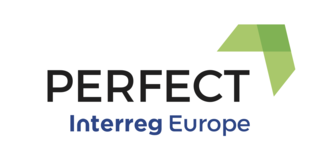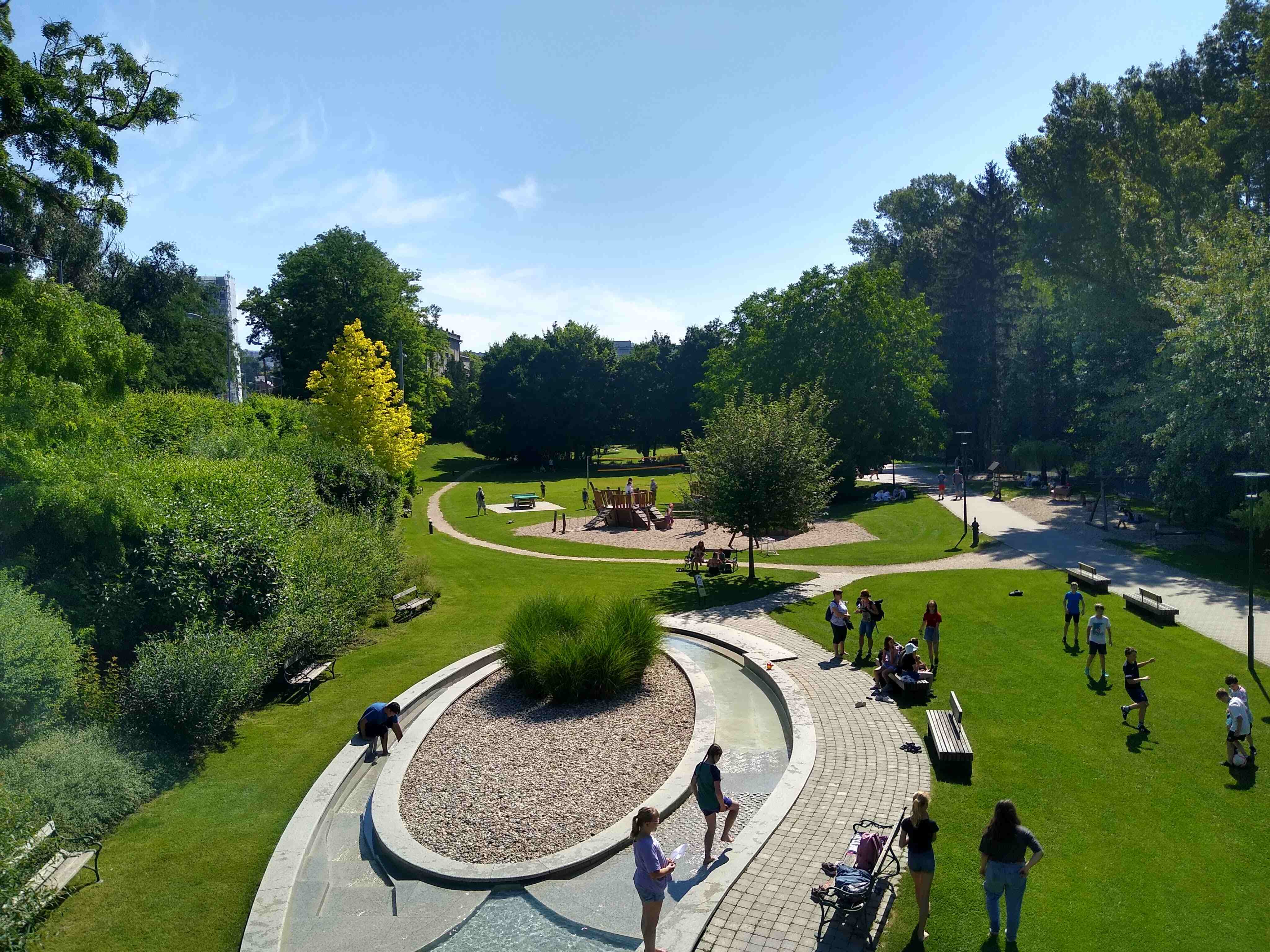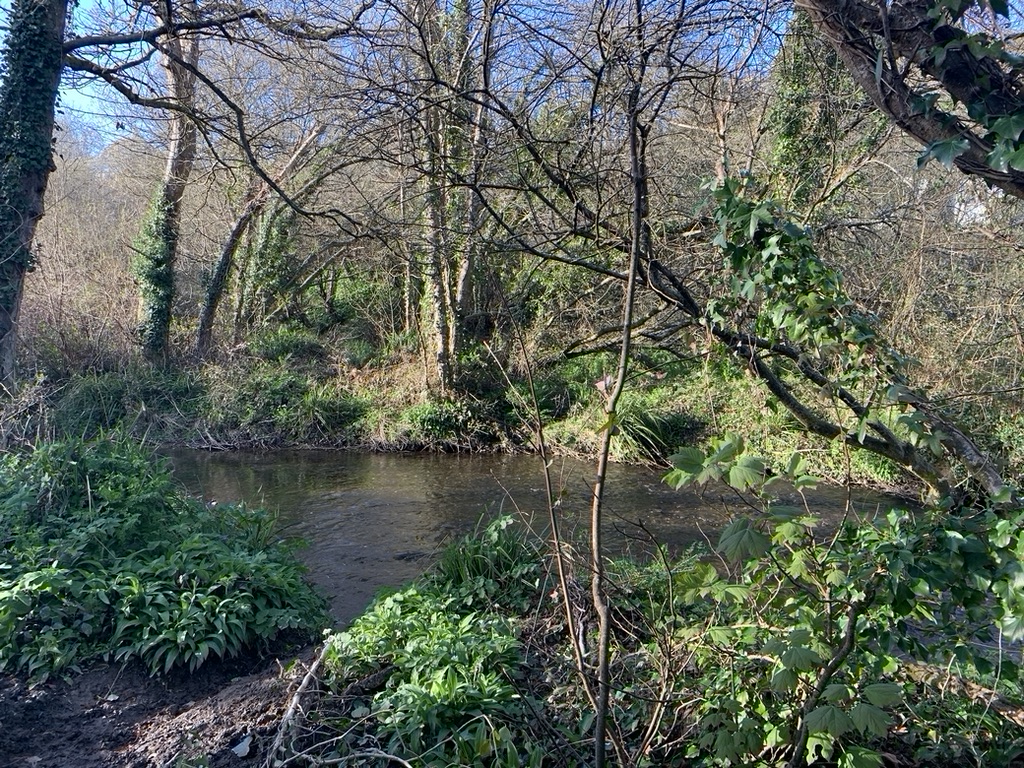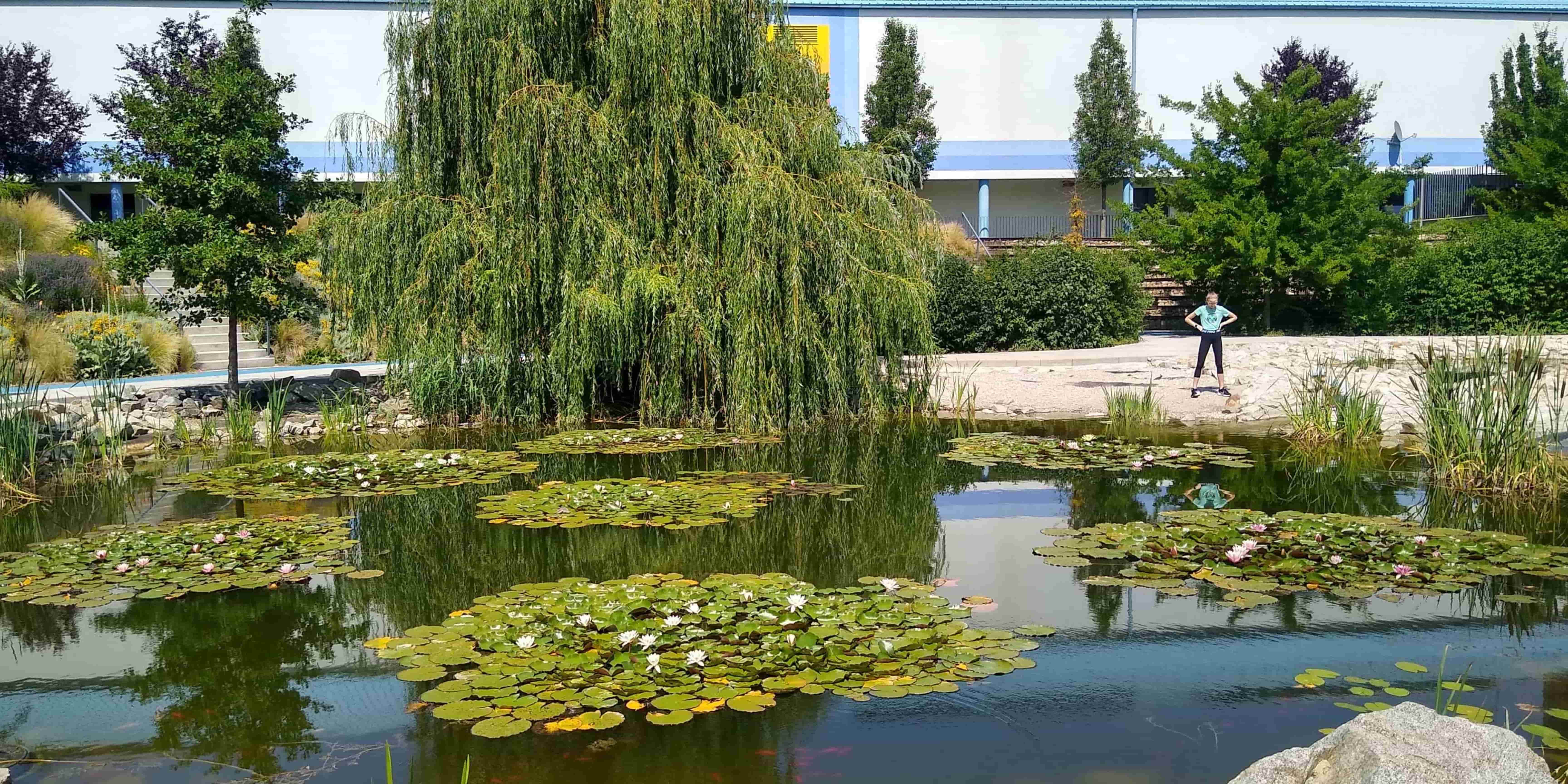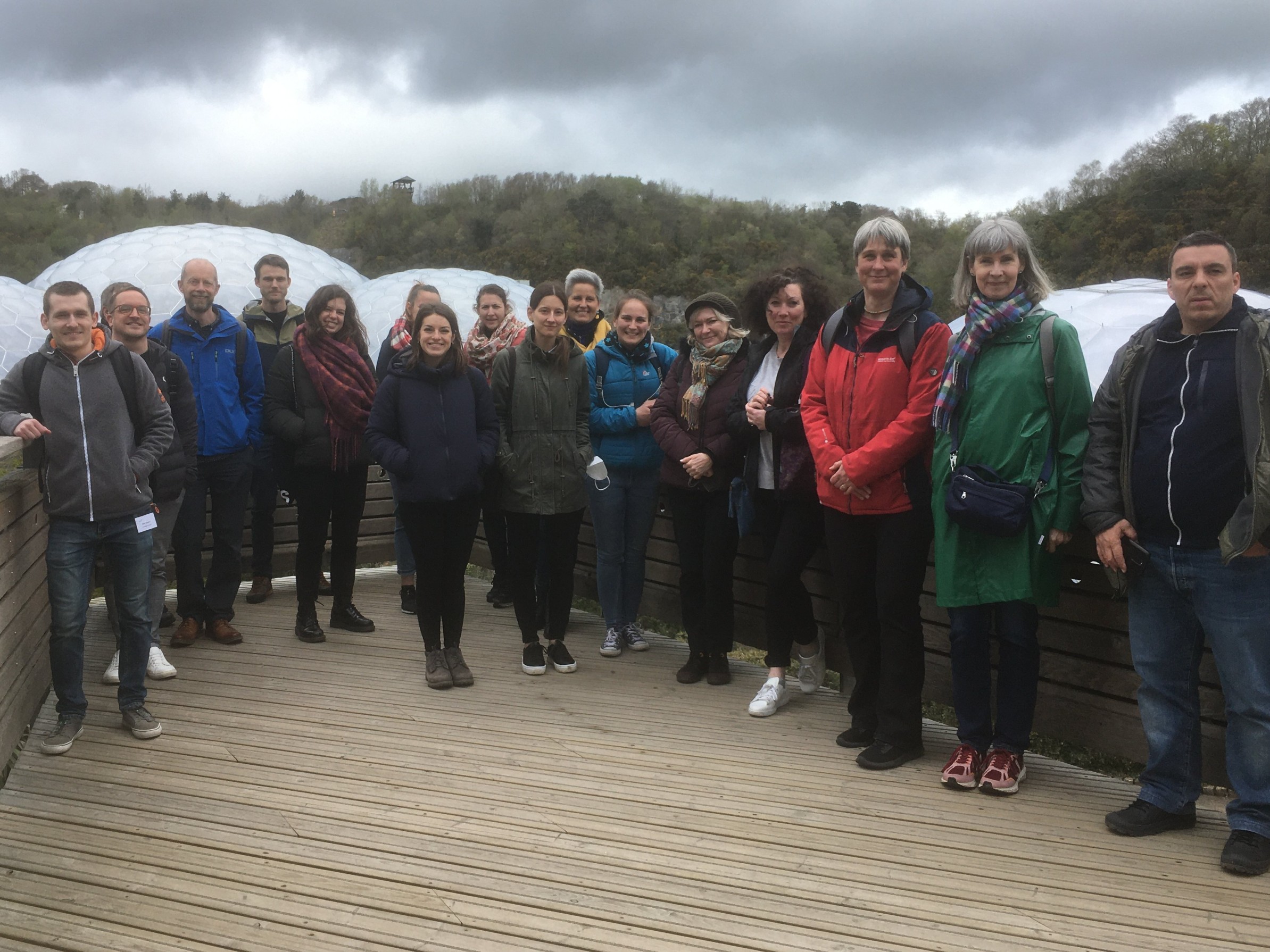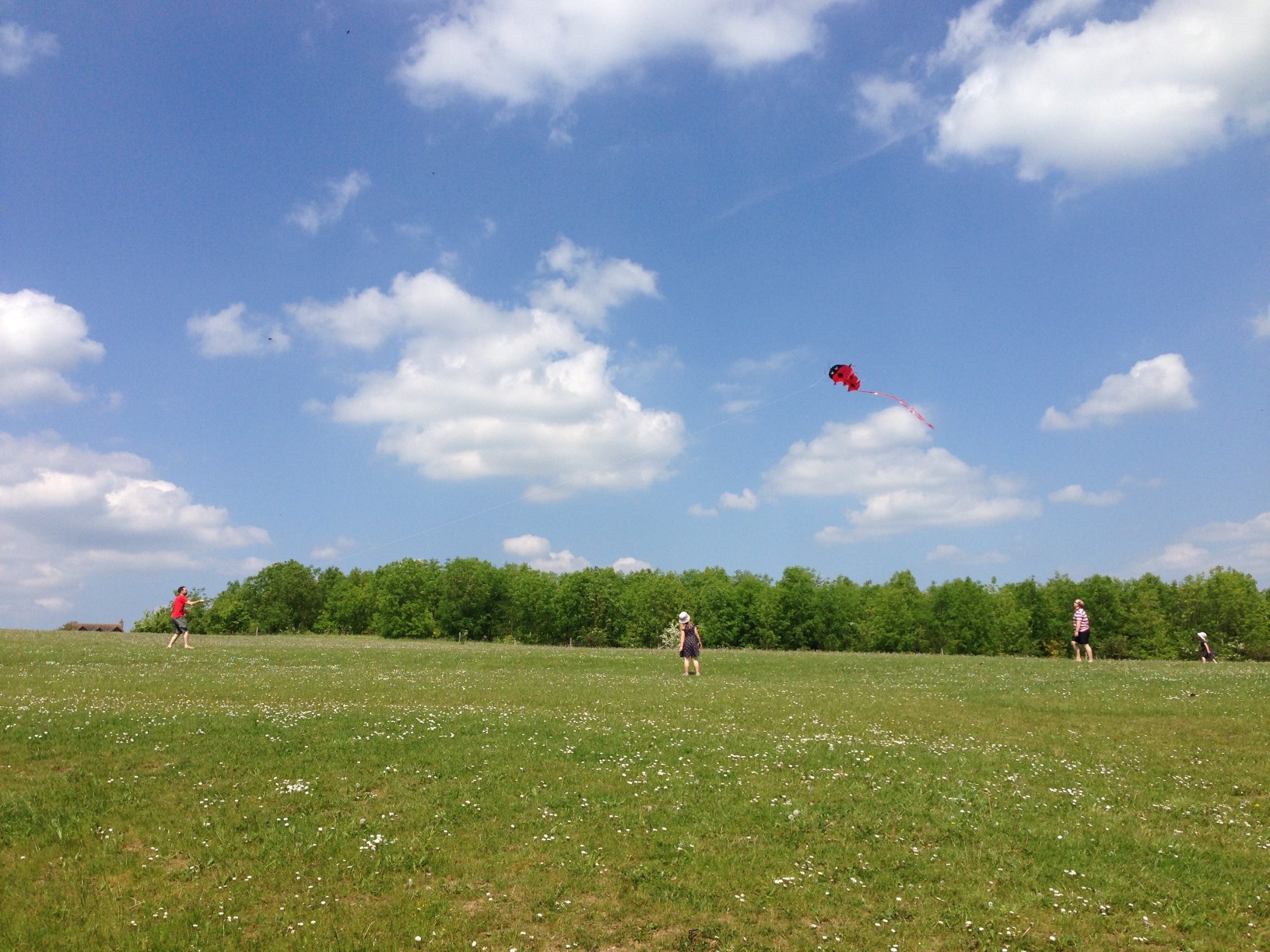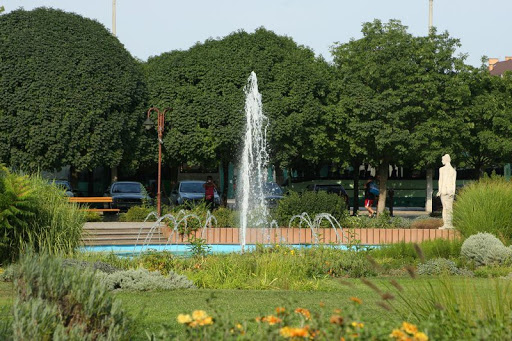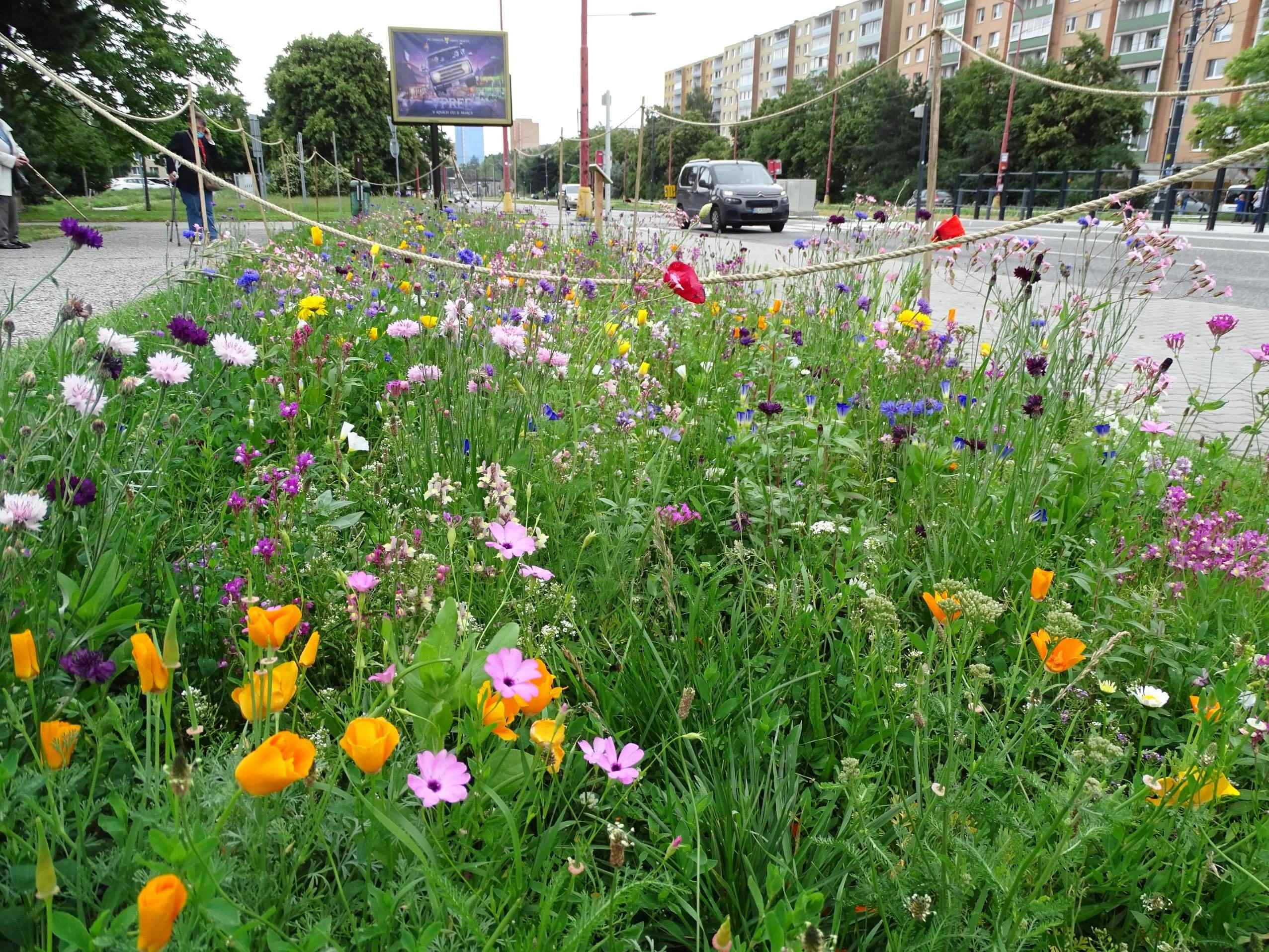by Erin Gianferrera and Ece Ozdemiroglu, eftec
Ece Ozdemiroglu, Director of eftec and a member of the UK Adaptation Sub Committee of the Committee on Climate Change, gave an expert presentation at the PERFECT partner meeting on 12th September in Ljubljana. The topic of the expert presentation was making the economic case for green infrastructure which is at the heart of the PERFECT project - influencing policy makers about the impact that natural heritage can have on the jobs and growth agenda.
In this blog post for PERFECT, Ece has summarised some of the key points in her presentation with her colleague Erin Gianferrera. Partners are working on a peer to peer basis to apply this learning about good practice to their partner areas within their Action Plans.
Investing in green infrastructure generates market benefits
‘Market benefits’ are improvements to the financial standing of those who invest in green infrastructure (GI) or those affected by that investment.
Eftec’s work for the UK Department for Environment, Food and Rural Affairs (Defra) and Natural England assessed cases in which GI investment has acted as a catalyst for economic growth at the local scale (eftec & CRESR, 2013). The results found:
I. Inward investment: Evidence shows clearly that increasing the attractiveness of an area through investment in high-quality GI encourages people to live and work in the area, with accompanying investment and increase in property values.
II. Visitor spending: The attractiveness and quality of the area influences the number of people visiting, and spending in, that area.
III. Environmental cost-saving: GI provides regulatory services such as pollution filtration, flood risk reduction and climate regulation; it is often more cost-effective for meeting environmental targets than mechanical solutions.
IV. Employment generation: Developing and maintaining GI provides jobs, with an estimated 5% of jobs in England in the Green Space sector.
The report presents case studies of GI investments that demonstrate these benefits, for example:
- Enhancing a public green in Glasgow attracted more visitors and visitor spend, and increased council tax revenue;
- Canal redevelopment in Birmingham is linked to property value increases in the tens of millions;
- New York City’s High Line and the restoration of Cheonggyecheon stream in Seoul both transformed their respective localities, resulting in investment, visitor spend and tax revenue.
The evidence review reiterated that the importance of GI for people and investment is well understood by city planners and developers.
Making the intangible benefits of green infrastructure tangible
‘Non-market benefits’ may be described as ‘intangible’ benefits – they are just as real as market benefits, just not visible in the markets. These benefits don’t always explicitly and immediately affect the investor’s financial standing, but they are vital in making places healthy, happy and vibrant, while also saving costs and improving productivity.
Examples of ‘non-market benefits’ of GI include increased physical activity, fewer instance of inactivity-related illnesses, and the resulting NHS cost savings, decline in prescriptions for antidepressants and fewer sick days.
Recognising their importance, eftec’s work has explored methods for capturing and communicating these non-market benefits. For example:
- Flood risk reduction – in terms of avoided flood damage: number of properties protected * flood event(s) avoided * cost per property associated with flood event(s)
- Educational benefits - (only a proxy) in terms of cost of school trips to nature: number of pupils visiting the park on school trips * cost per child
- Physical health benefits from recreation – in terms of avoided cost of ill health: number of visitors * proportion of visitors ‘actively’ engaged in recreation during visits * avoided health impacts * unit medical costs only
One way to partner evidence on the market and non-market benefits of GI and compare them with financial costs is to create a ‘natural capital account’ to help make a business case for investment in the maintenance of GI into the future. There are three examples below, all in urban areas.
INDIVIDUAL PARK. The figure shows the results of our assessment of the benefits of Beam Parklands, London. Not all benefits can be quantified/monetised but they should be mentioned.

LOCAL AUTHORITY. The natural capital account prepared for the London Borough of Barnet holds information regarding the area and condition of GI owned and managed by Barnet, the benefits they provide and the cost of future maintenance of these benefits.
NATIONAL. Accounting for non-market benefits is also useful at the national scale. For example, eftec led Defra and the Office for National Statistics (ONS) commissioned work to develop a natural capital account for urban areas in the UK, to be integrated within national accounts (publication forthcoming).
